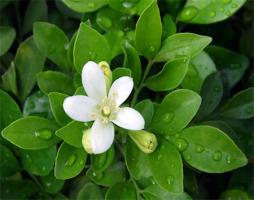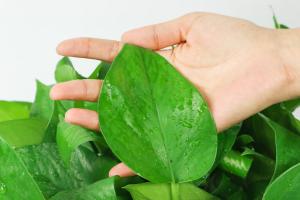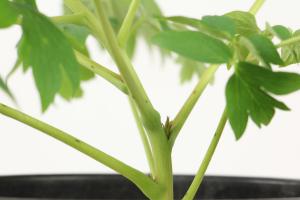Should You Put a Wrap on Newly Planted Trees?
Planting a tree is a great way to improve your property and contribute to the environment. However, ensuring that your newly planted tree grows healthy and strong requires proper care and attention. One question that many tree owners ask is whether or not they should put a wrap on their newly planted trees. Here are some things to consider before making a decision.
Pros of Wrapping Newly Planted Trees
Tree wraps are designed to protect the bark of young trees from various causes of injury. Wrapping can help protect the tree from damage caused by equipment or animals, as well as prevent sunscald, which is a condition that occurs when the bark heats up during the day and then freezes at night. Additionally, wraps can provide protection against severe weather events like hail, snow, and strong winds, which can damage the bark and inhibit plant growth. Some wraps also come infused with insecticides to protect young trees from pests.
Cons of Wrapping Newly Planted Trees
While tree wraps may offer several benefits, there are also some disadvantages to consider. One significant drawback is that tree wraps can make the bark tender and encourage the growth of fungi, bacteria, and insects. Over time, these organisms may cause the bark to rot, which can be detrimental to the health of the tree. Moreover, if wraps are left on too long, they can girdle the tree, resulting in serious damage or even death.
Best Practices for Wrapping Newly Planted Trees
If you decide to wrap your newly planted trees, it's important to do so correctly to minimize the risk of damage or disease. First, choose the right wrap material. Materials like burlap and paper provide adequate protection against damage but will biodegrade over time, reducing the risk of girdling. Plastic wraps and tubes require regular maintenance to avoid accumulation of moisture and heat that could cause bark damage. Additionally, make sure you remove the wrap after a maximum of two years or once the trunk of the tree has grown beyond the wrap. Finally, monitor your newly planted trees for signs of damage or disease and adjust the wrapping technique as necessary.
Alternatives to Wrapping Newly Planted Trees
If you're not confident in your ability to properly wrap your newly planted trees, or if you're concerned about the potential risks, there are other ways to protect your trees. Alternatives include using tree guards or cages, which protect the trunk from damage while allowing the tree to breathe. You can also use pruning paint or wrap on any cuts you make to protect the tree from insects and fungi. Consult a reputable arborist or horticulturist for advice on the best protection methods for your specific trees.
Conclusion
In conclusion, wrapping your newly planted trees can be beneficial in protecting the bark from various forms of injury, but there are also potential risks associated with this practice. It's important to choose the correct materials, monitor your trees for damage, and remove the wraps when appropriate. If you're not confident in your ability to properly wrap your trees, consider using alternative protection methods, or consult a professional for assistance.

 how many times do yo...
how many times do yo... how many planted tre...
how many planted tre... how many pine trees ...
how many pine trees ... how many pecan trees...
how many pecan trees... how many plants comp...
how many plants comp... how many plants can ...
how many plants can ... how many plants and ...
how many plants and ... how many pepper plan...
how many pepper plan...






























